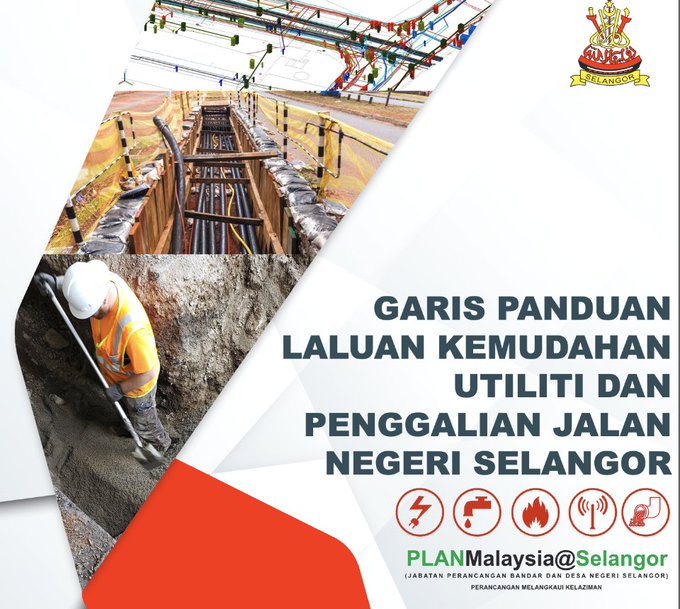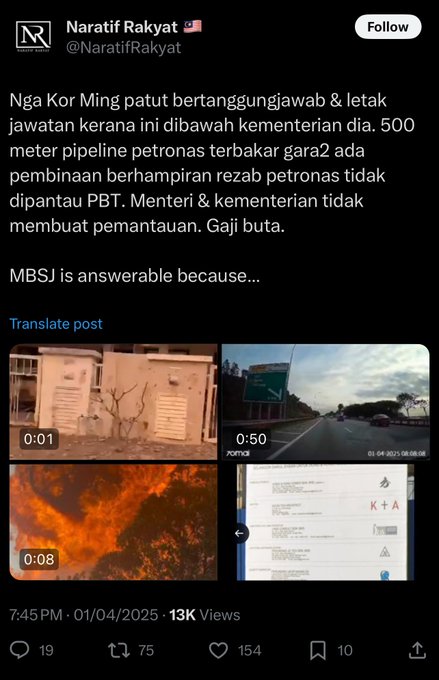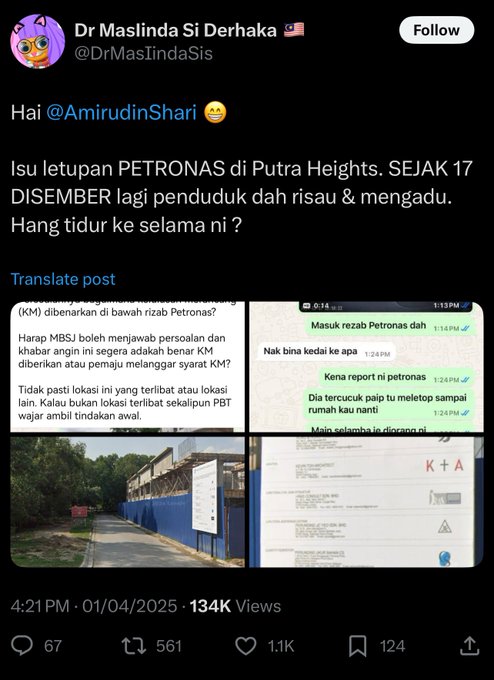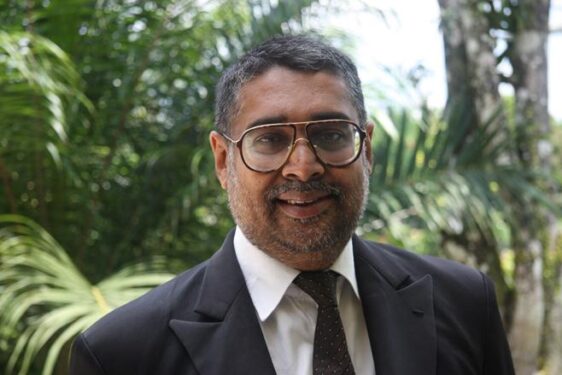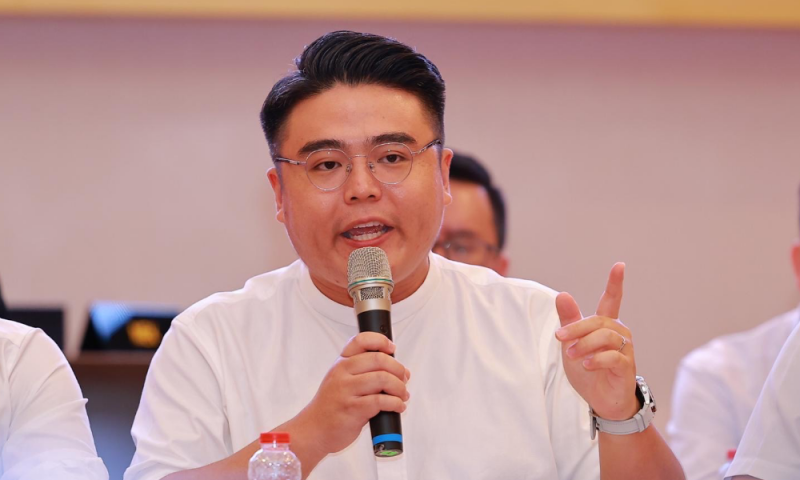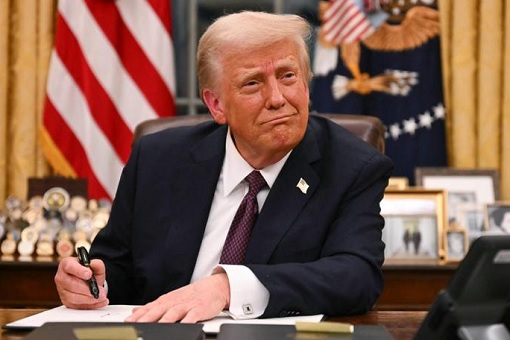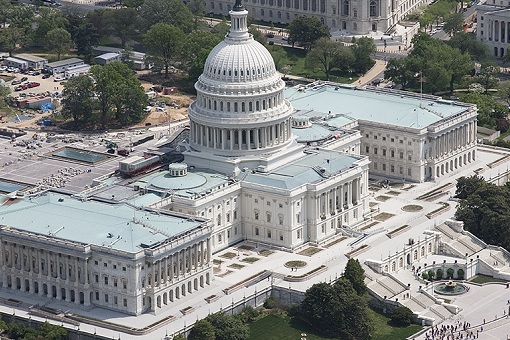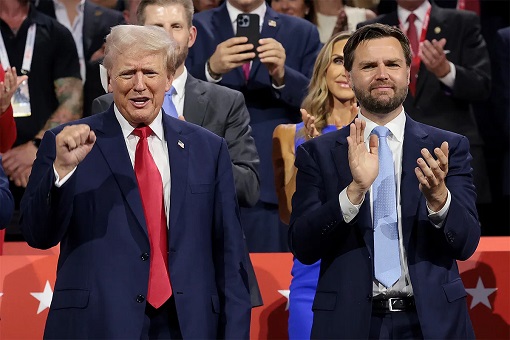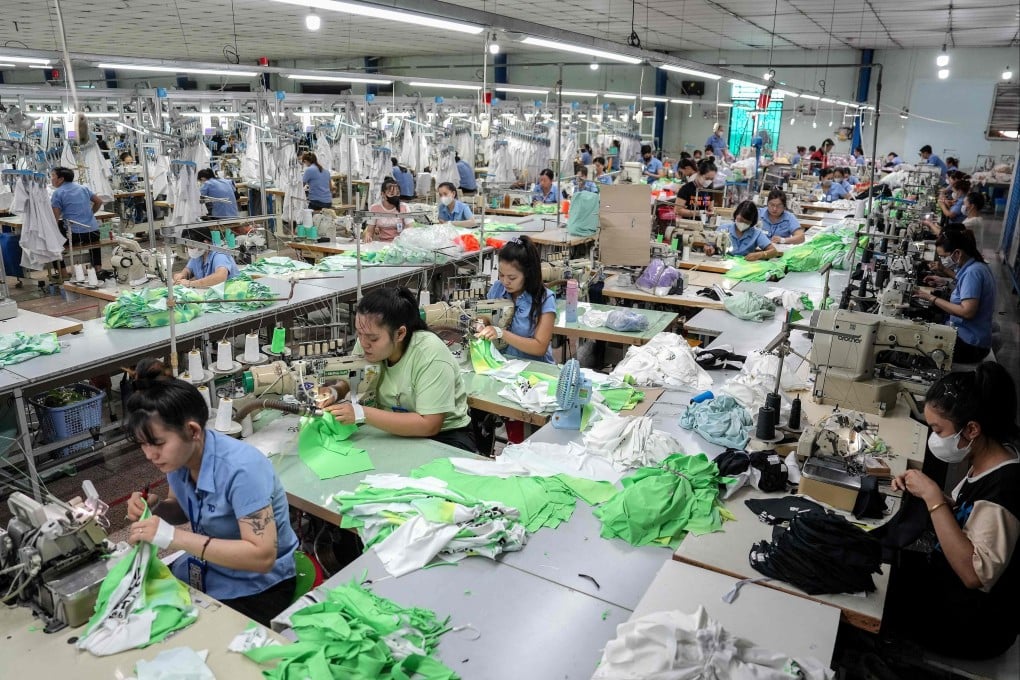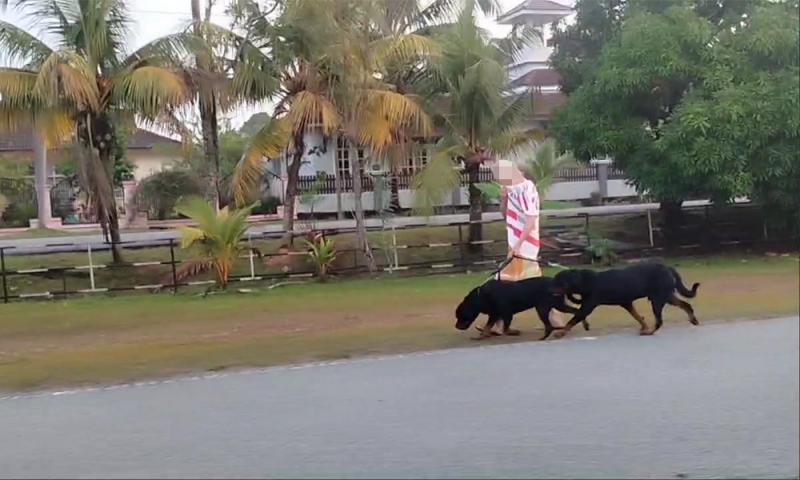
Focus on ownership too, not just 'aggressive' dogs - MCA Youth
Published: Apr 4, 2025 3:33 PM
Updated: 6:33 PM
Summary
- MCA Youth urges Kedah to focus on owner responsibility, not solely on banning certain dog breeds like Rottweilers.
- Its secretary-general, Saw Yee Fung, says poor ownership and lack of training, not the breed, led to recent attacks.
- She calls for legal action against negligent owners and stiffer penalties, rather than punishing animals acting on instinct.
MCA Youth has called for a more nuanced approach following reports that Kedah is considering a ban on “aggressive” dog breeds in residential areas.
Its secretary-general, Saw Yee Fung, said the focus should not be solely on banning specific breeds, but on holding owners accountable for the lack of responsible care.
She said dogs such as rottweilers are not inherently dangerous, but do require responsible ownership and proper training to ensure their own safety and the safety of the public.
“So, the responsibility falls on owners to provide the necessary training and an appropriate environment for these dogs. In this case, Rottweilers are not suited to owners who lack the space, experience, or knowledge to train them […]
“Ultimately, it is the owner’s responsibility to ensure the well-being of their pets. If they fail in this regard, appropriate legal measures should be taken against them, rather than punishing the animals who are just following their natural instincts,” she said in a statement today.

MCA Youth secretary-general Saw Yee Fung
Five people were reportedly injured in Taman Desa Bidara, Kuala Ketil, Baling, on Tuesday after two Rottweilers escaped their enclosure and attacked them.
The dogs were allegedly the same dogs involved in a 2023 attack that injured one person.
The dogs’ 69-year-old owner subsequently surrendered the dogs to the Kedah Veterinary Department to be euthanised, which was carried out on the day after the attack.
The owner was also reportedly slapped with two fines by the Baling District Council for keeping dogs without a licence.
‘Owner should face heavier penalties’
Following the incident, the state’s Housing, Local Government and Health executive councillor, Mansor Zakaria, reportedly said Kedah will draft new guidelines that may prohibit the ownership of dog breeds deemed aggressive as pets in residential areas across the state.
“I met with the dog owner along with other relevant parties, and after discussions, the owner agreed to surrender the dogs to the Veterinary Office for them to be put down.
“These aggressive breeds are not suitable for residential areas. This is already the second case, and this time, five victims were involved - it is a very serious matter,” Bernama quoted him as saying.
Five people were reportedly injured in Taman Desa Bidara, Kuala Ketil, Baling, on Tuesday after two Rottweilers escaped their enclosure and attacked them.
The dogs were allegedly the same dogs involved in a 2023 attack that injured one person.
The dogs’ 69-year-old owner subsequently surrendered the dogs to the Kedah Veterinary Department to be euthanised, which was carried out on the day after the attack.
The owner was also reportedly slapped with two fines by the Baling District Council for keeping dogs without a licence.
‘Owner should face heavier penalties’
Following the incident, the state’s Housing, Local Government and Health executive councillor, Mansor Zakaria, reportedly said Kedah will draft new guidelines that may prohibit the ownership of dog breeds deemed aggressive as pets in residential areas across the state.
“I met with the dog owner along with other relevant parties, and after discussions, the owner agreed to surrender the dogs to the Veterinary Office for them to be put down.
“These aggressive breeds are not suitable for residential areas. This is already the second case, and this time, five victims were involved - it is a very serious matter,” Bernama quoted him as saying.
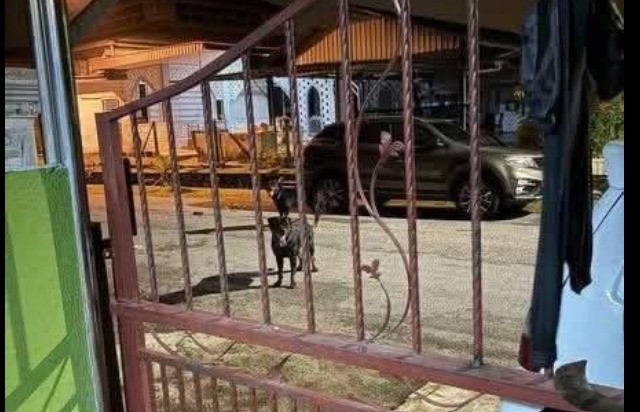
However, Saw said the dogs are victims of poor ownership and improper management, and should not bear the full blame for the incident.
“To protect our communities, attention must be directed at the owner,” she urged.
Among others, she urged the state government to consider whether the owner faces legal consequences for negligence.
Investigations are needed to establish whether the owner is a repeat offender or has plans to acquire more dogs in the “aggressive breed” category.
Authorities should also look into imposing a stiff fine against the owner, she said, and not just a trivial sum.
***
kt recalls:
Many many years ago in Kedah (not a coincidence), two dogs bit an old lady who was passing by their house. Obviously the owner failed to keep his compound gate locked nor his dogs leashed. Fortunately the old lady was not bitten too seriously though her injuries were considerable.
Now, it so happened her sons were big time gangsters who wanted to "punish" the owner of the dogs for that irresponsibility, but the kind lady stopped her sons from doing so. Nonetheless the sons (plus cohorts) caught hold of the two dogs, degutted them and splayed their carcasses on the owner's garden fence.
T'was a dire warning!



